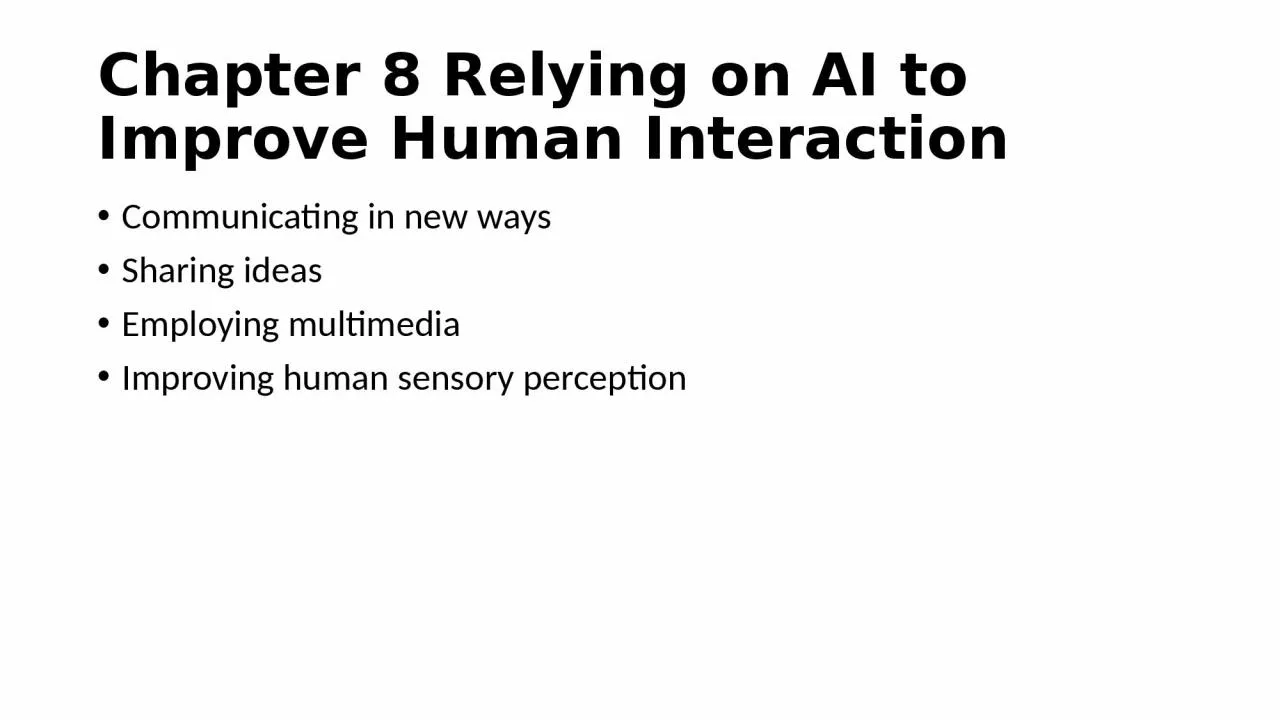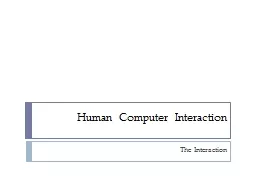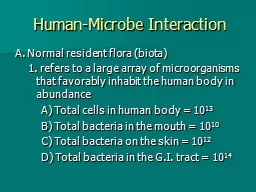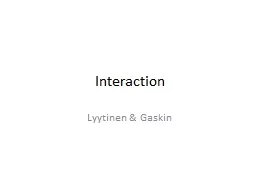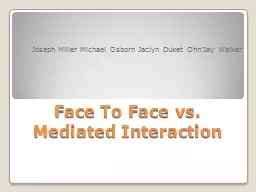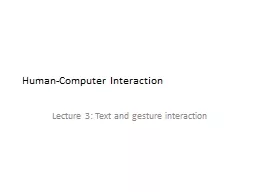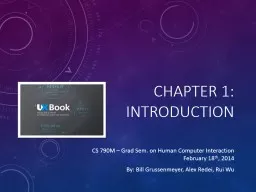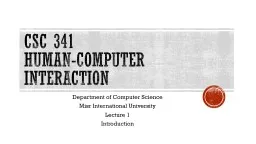PPT-Chapter 8 Relying on AI to Improve Human Interaction
Author : alyssa | Published Date : 2024-01-03
Communicating in new ways Sharing ideas Employing multimedia Improving human sensory perception People interact with each other in myriad ways Interaction can take
Presentation Embed Code
Download Presentation
Download Presentation The PPT/PDF document "Chapter 8 Relying on AI to Improve Human..." is the property of its rightful owner. Permission is granted to download and print the materials on this website for personal, non-commercial use only, and to display it on your personal computer provided you do not modify the materials and that you retain all copyright notices contained in the materials. By downloading content from our website, you accept the terms of this agreement.
Chapter 8 Relying on AI to Improve Human Interaction: Transcript
Download Rules Of Document
"Chapter 8 Relying on AI to Improve Human Interaction"The content belongs to its owner. You may download and print it for personal use, without modification, and keep all copyright notices. By downloading, you agree to these terms.
Related Documents

